Ajmer: Ajmer currently has zero active cases of Covid-19, the only place in the whole district to have zero patients — a fact that many in the city of religious importance thank God for.
Ajmer, however, also has a group of people who are working round the clock to ensure its people remained unaffected by the virus. They are its doctors and health workers, most of them women.
Nearly 20,000 of them, a mix of ASHA workers, nursing staff and doctors, walk through Ajmer’s many narrow streets on alternate days to carry out detailed surveys of every household, asking if family members have been sick.
“Most people treat us with a lot of respect and understanding. There are a few who try to hide information, especially those who are less educated. They feel scared by the prospect of hospitalisation. But this is less than one per cent of the population we survey,” said Dr Sama Gujar, a medical supervisor with the district’s health department who oversees some of the surveys.
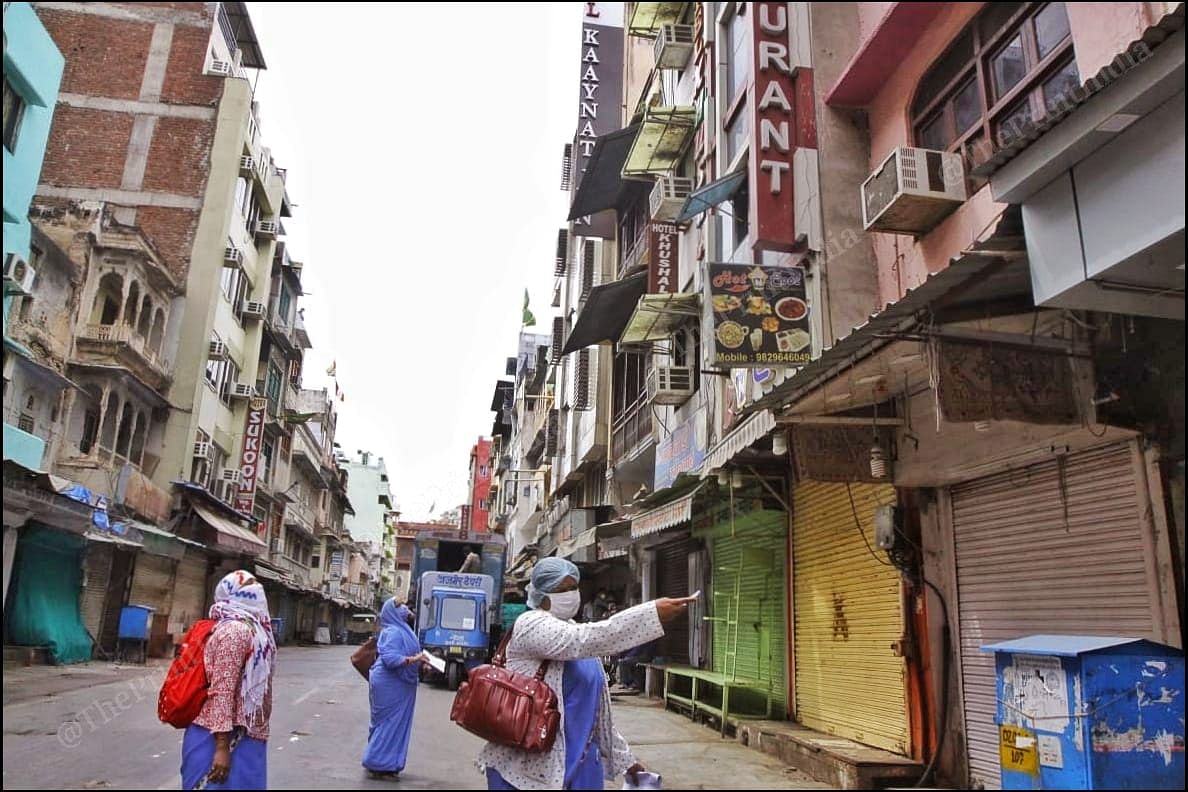
Accredited Social Health Activists, or simply ASHA workers, are local women volunteers who have been trained to deliver basic first-contact healthcare and liaison between the community and the public health system. ASHA workers have become a vital tier in the response system districts have put in place to tackle the spread of coronavirus.
Ajmer’s success in containing the pandemic is a testimony not just to the people working round-the-clock but also that fact that precautions were taken early on.
As early as 17 March, the district enforced social distancing to ensure crowding didn’t happen.
Also read: How Pushkar, a tourist hotspot in Rajasthan, escaped the deadly Covid-19 pandemic
All in one family
The virus came to Ajmer on 22 March, coinciding with the day of ‘Janata curfew’, when a young man returned home after travelling to Haryana and Punjab.
Two days later, the nationwide lockdown was imposed, limiting his exposure to just his family. That is how Ajmer has recorded only five cases of Covid-19. The family was transferred to Jaipur on 27 March.
The 46 contacts traced through his movements have all turned out to be negative.
Since then, the Ajmer administration has maintained one of the strictest containment plans in Rajasthan. For one, it has kept 26,000 people under home quarantine, and seized 9,000 vehicles for breaking curfew — the most in Rajasthan.
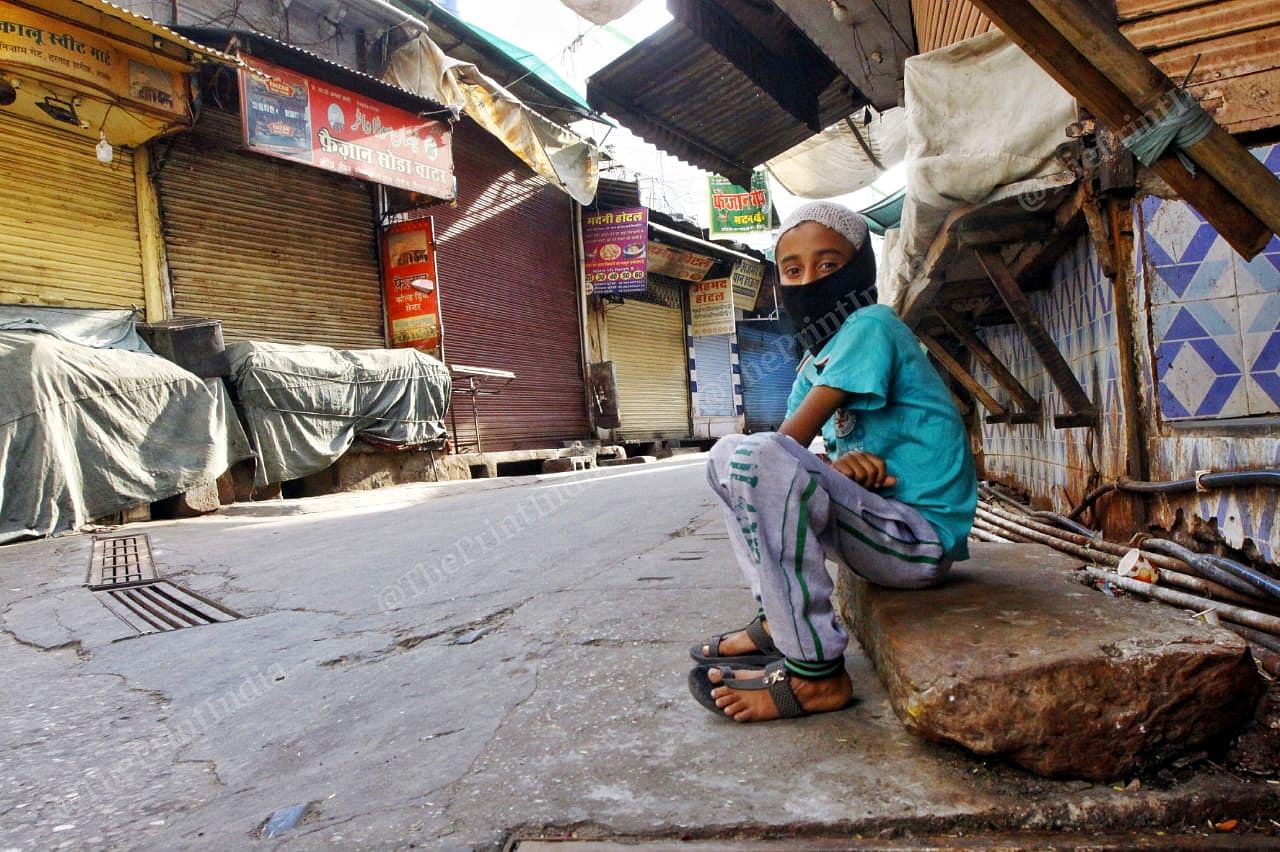
Borders were completely sealed. So, when a bus full of migrants from Gujarat was passing through the district, it was not allowed to stop. The migrants were allowed to alight only at Jaipur, once the Ajmer border had been crossed.
ASHA workers and doctors ThePrint spoke to said the people of Ajmer were understanding of the lockdown procedures, and have been completely co-operative.
“The only fear we have is of people from outside coming in,” said a senior health official who did not wish to be named. “Otherwise we have got it under control,” the official said.
Also read: Rajasthan has done 30,000 tests, a reason why it could see more cases: Top health official
Ajmer model
The measures seem excessive given that the district has a small number of positive cases, but District Magistrate (DM) Vishwa Mohan Sharma said he wants to leave no stone unturned.
Ajmer is surrounded from all sides by districts that have a number of positive patients or have been hotspots, such as Jaipur, Bhilwara, and Nagaur.
Rajasthan accounts for more than 900 of the 11,200-odd cases in India, and has seen three deaths. As of Friday morning, 164 people have recovered.
“Around 20,000 people are working to contain the spread in the city itself. Across the district, we have 58 flying police squads on top of the nursing staff, Anganwadi workers, ASHA workers,” Sharma said.
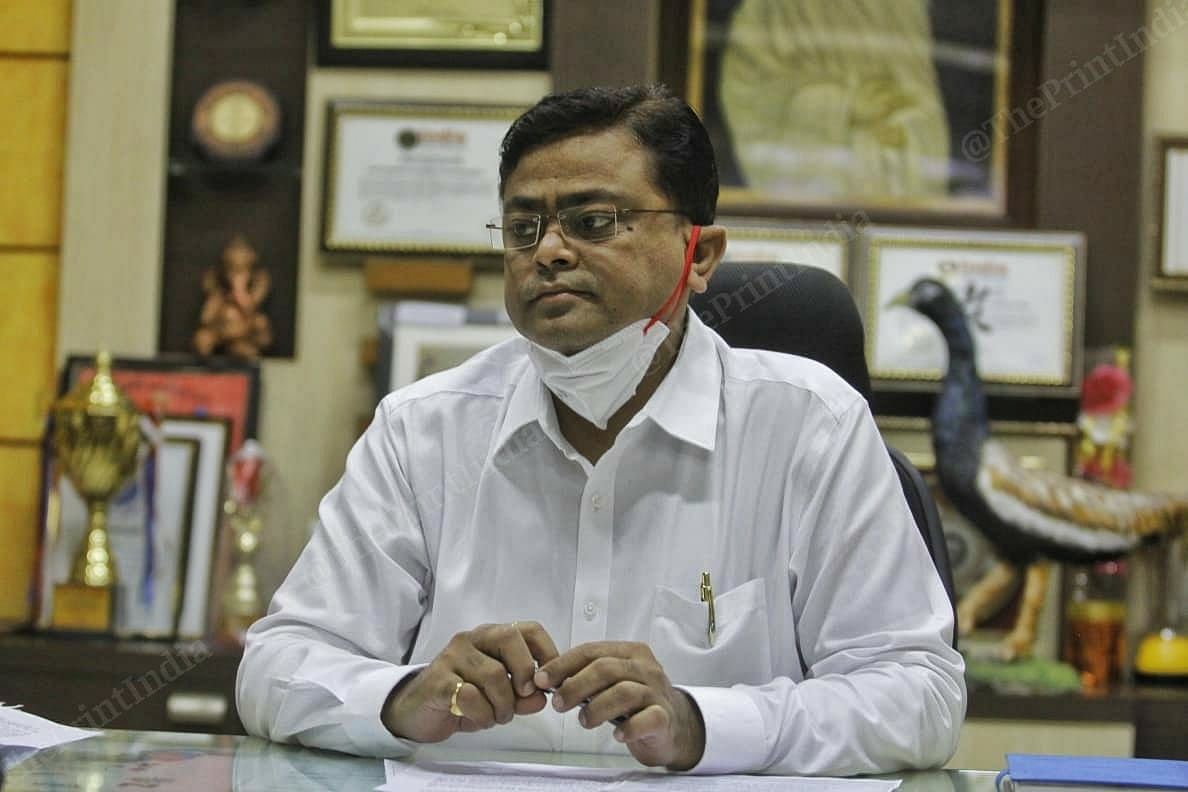
A ‘war room’ was set up adjacent to the DM’s office, which is open 24 hours a day, to take complaints about lack of food and ration.
“Every sick and quarantined person is being looked after by a guard (school teacher) and the cases are overlooked by the police. To rule out any possibility of coronavirus infection, we’re doing 40-50 random samples a day,” said Ajmer’s Chief Medical Officer K.K. Soni.
The administration works by the clock. Medical supervisors lead teams of 30-50 people conducting door-to-door surveys. By the afternoon, the data is compiled and those with influenza-like symptoms are highlighted and put on another list. A special team then sets out by late afternoon to conduct a secondary screening of those with symptoms, and carries out the Covid-19 test if necessary.
“This happens every day. I don’t know about other districts, but this is the process we follow ceaselessly,” said Dr Jyotsna Ranga, a medical officer in the war room.
Of the 615 samples taken between 24 March and 15 April, all but five have been negative. Still, Ajmer’s administration says more can be done.
“We need to be doing more tests,” said Sharma.
Also read: A woman reads the Quran, 13-yr-old says ‘I’m scared’: How Jaipur is dealing with Covid-19
Preventing a potential cluster
For the first time in its centuries-old history, Ajmer’s Sufi dargah — Khawaja Gharib Nawaz — has been lifeless for weeks on end. It was closed on 20 March.
The dargah, which normally sees lakhs of visitors each month from all castes and creed, incidentally saw no visitors from the Tabligi Jamaat when the pandemic hit India. The Jamaat is a more conservative missionary movement, while the dargah is a cultural site that welcomes pilgrims and devotees of all faiths.
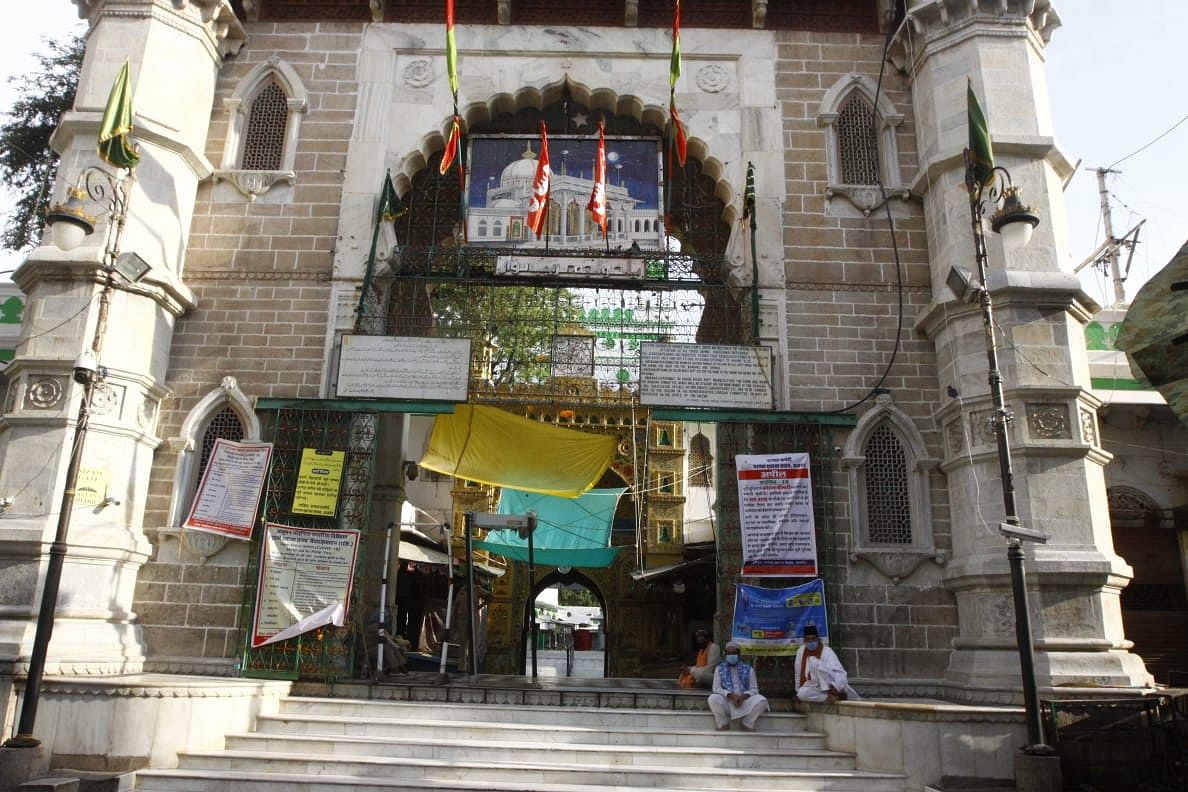
Deliberations between the board and the local administration to close the dargah began around 15 March, 10 days before the nationwide lockdown was announced. According to Syed Wahid Hussain Chisti, secretary of the dargah board, around 10 lakh people visited the site between 20 February and 20 March.
“It was a difficult and painful decision, but it was the right decision to take. The dargah has never in history had to be closed like this, so it’s a truly unprecedented time,” said Muqqadas Moini, a priest at the dargah.
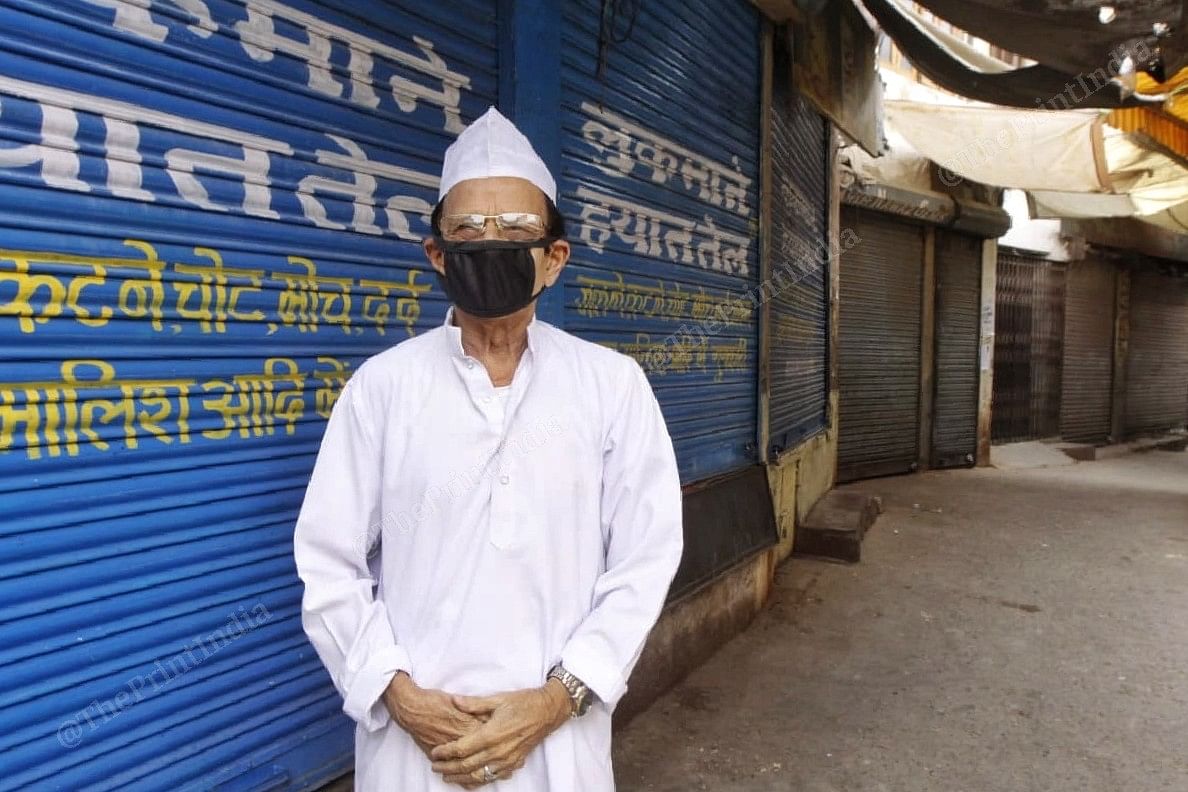
“It took us a while to explain to people why they should not come to the dargah because initially they did not understand. We explained that someone would continue to do rituals inside the mosque, but that everyone should stay inside their homes and pray,” Chisti said.
As many as 4,360 devotees who had come from all over India before the dargah closed are currently stuck in Ajmer, and Chisti said no stay and food arrangements have been made for them by the district administration.
“Some are staying in the houses of other board members or hotels or they have been put up somewhere by NGOs. We only ask that their food be taken care of by the administration,” said Chisti.
Also read: ‘Super spreader’ infects nearly 100 people in Jaipur, Rajasthan gets second Covid-19 hotspot


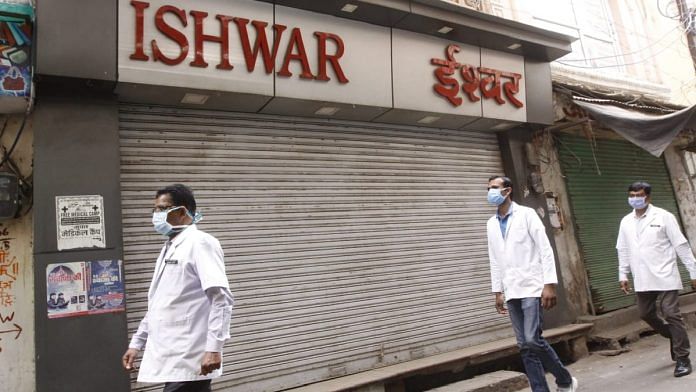

Papper
Ajmer attracts religious tourists all over the country as well as from abroad. It makes it highly vulnerable with respect to COVID-19 spread. So far the job of district administration is appreciable. But the jump of cases can happen any time. See Bhilwara, after long time today reported a new case.
Sadly, now it is a thing of past, Ajmer now has 10 more new cases.
Most of them are nursing students….And it is very bad for them..that they are not mentioned anywhere.and they are doing this without any money..Govt is not thinking about them.